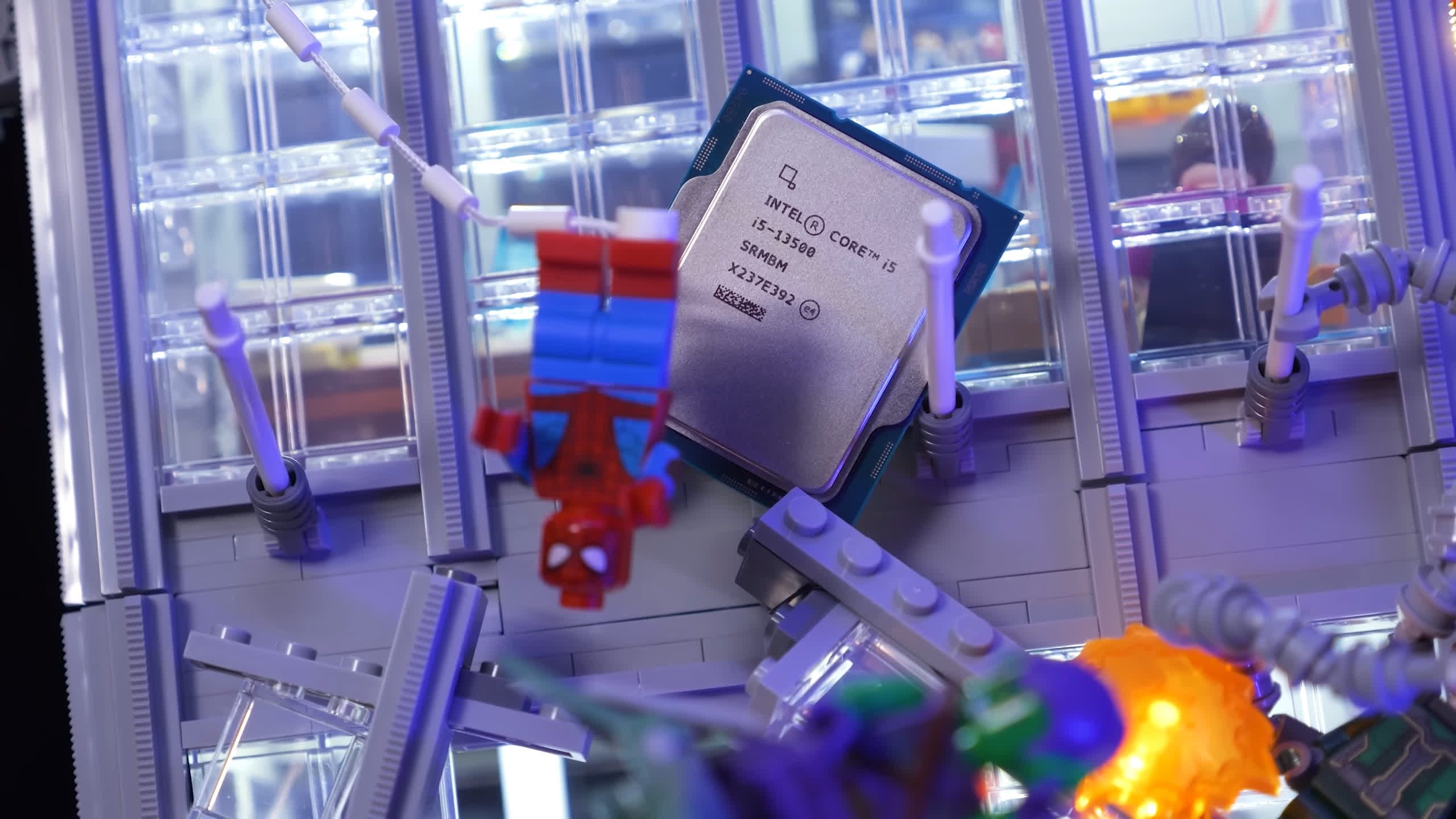Editor's take: After 30 years of dominance, the industry has come to view Intel as a giant who has fallen on hard times. We do not think this is the right way to view the company, and it creates mental blind spots which hinder our ability to assess what are the right next steps for the company. But it's true, Intel is in a very bad place. It needs to admit that, especially internally. We are not forecasting Doomsday, but we do think it is time to recognize that Intel will never be the force it once was, and probably has not been for a long time.

In reality, Intel is not the giant of the industry. Intel's total share of industry capacity is around 10%, they are not a giant who has stumbled, they are a niche player and have been for years. Admittedly, they occupy a high-value, high-price niche, but it is a niche nonetheless.
Editor's Note:
Guest author Jonathan Goldberg is the founder of D2D Advisory, a multi-functional consulting firm. Jonathan has developed growth strategies and alliances for companies in the mobile, networking, gaming, and software industries.
The best analogy we can think of here is automobiles. Mercedes sells around 10% of cars in the US, just as Intel has about 10% of industry capacity. Now imagine if Mercedes somehow lost its brand – maybe a massive recall or a series of high profile vehicle-caused accidents. They would not only lose market share but also all their brand value, causing a long term downward sales trend that would be very expensive to dig their way out. Intel is the luxury brand of semis and suddenly their cars do not move fast. We have tortured that analogy enough, the point is that Intel really does not occupy the strategic high ground we all thought it did.
Intel is the luxury brand of semis and suddenly their cars do not move fast.
After their last set of results, especially their guidance for 2023, we are increasingly of the opinion that Intel is out of options. They forecast they are going to burn $15 billion in cash next year, a huge amount even for a company with $34 billion of net cash on their balance sheet.
After their disastrous roadmap event last month, we have to call in to question the company's ability to accurately forecast their business. We actually have many more examples of systematic flaws in their forecasting abilities, but none as public as that event. So we have little confidence in the company's $15 billion forecast, it could easily be much higher. Add to that the need to continue to fund their manufacturing needs and their cash needs are immense.

Nor is it clear if 2024 will be any better. At heart, we have always argued that the company has one task before it and that is an existential task – it has to catch up in manufacturing. The earliest they forecast achieving that is late 2024, which means it will likely not factor into results until 2025. By that time the company's bank balances will be dangerously low.
Moreover, if somehow Intel is able to achieve process parity in 2025 it will still have to rebuild its business. This leads to obvious questions about Intel Foundry Services (IFS). The only way Intel can ever garner a more meaningful share of industry capacity is for IFS to start doing real business and poaching some big customers from TSMC.
We have argued in private, and now in public, that IFS can not become a real business until the end of the decade, there is just too much work to be done first. Even Intel's incumbent CPU business should be viewed with some caution. By the time Intel can possibly be truly competitive in CPUs the market for CPUs will be very different. Until five years ago, ~90% of silicon expenditures in the data center went to CPUs (and memory), that figure is already in decline. And while the growth of the cloud will likely mean total unit CPU unit volumes will still be growing, they will no longer be the crucial part in the data center. That is a massive market shift. Add to that all the homegrown silicon and Arm CPUs coming to market, it should be clear that the post-2025 CPU market will not be as much fun as it once was.
And while Intel is fighting for its life, the rest of the industry is moving on – with its peers all taking big steps to adapt to a world of custom silicon and heterogeneous compute. With its latest round of cuts, Intel will be far behind the pack in serving those markets. Intel has now exited most of the networking and memory markets, abandoned much of its RISC V efforts, spun off Mobile Eye automotive ambitions, and is likely to exit FPGAs soon. If it catches up with manufacturing, the company will largely be a single-product semis company.
The most frustrating part is that there is no clear alternative course they can take.

Many people would argue that Intel should split in two – a design company and a foundry company – much as AMD / GlobalFoundries did a decade ago. We see the logic in that, we have argued in favor of that in the past. Our guess is that the Street, as well as certain Intel board members, strongly favor this approach. But there are some real problems with this.
First, it took AMD and GloFo most of that ensuing decade to stabilize and return to functionality. Critically, there is the very real problem of how to fund the fabs. GloFo abandoned advanced manufacturing processes years ago. Would a stand-alone IFS do the same? They would start life with only one customer, the design side of Intel, and that customer is dependent on advanced processes. The sheer amount of money required for Intel to catch up is immense and at this point seems incalculable – $50 billion? It is hard to imagine a structure that would attract investors to participate in that funding. The size and seemingly bottomless nature of the commitment is too big even for the biggest private equity funds.
This likely means that the only viable alternative is the one they are currently attempting – raise as much money as possible, beg the government for more, ignore the Street and run like Hell to Intel 20A.
In all of this, we think it is important to be very careful assigning blame. The current executive team is not the root cause of the problem and probably have the only workable solution. There is a decade of bad decisions that got Intel here. That being said, we do think it is time for the management team to acknowledge the depth of their plight. Cut the dividend, obviously. Going further, Pat Gelsinger should not have cut his salary by 25%, he should have cut it $1 dollar and big pile of high-priced options. And for their earnings call, they need to change the narrative, drop guidance further, kitchen sink it. Then start giving out milestones that matter. Lay out trackable metrics for manufacturing – not just the roadmap, but R&D and production milestones – show the Street what needs to be done and then report on those achievements. We are past the point of half-measures and bizarrely optimistic TAM forecasts.
The industry needs to recognize this and most importantly the company needs to internalize it. There have been too many public comments from Intel middle managers that have a strong scent of denial or obliviousness. Intel is too big to disappear entirely, but it is going to emerge as a very different company in a few years, and likely have new owners. We are not arguing that Doomsday is upon us, but we do think it is time to recognize the reality that Intel will never be the force it once was, and probably has not been for a long time.
Masthead credit: Erik Mclean
https://www.techspot.com/news/97578-intel-bad-place-they-need-admit.html

